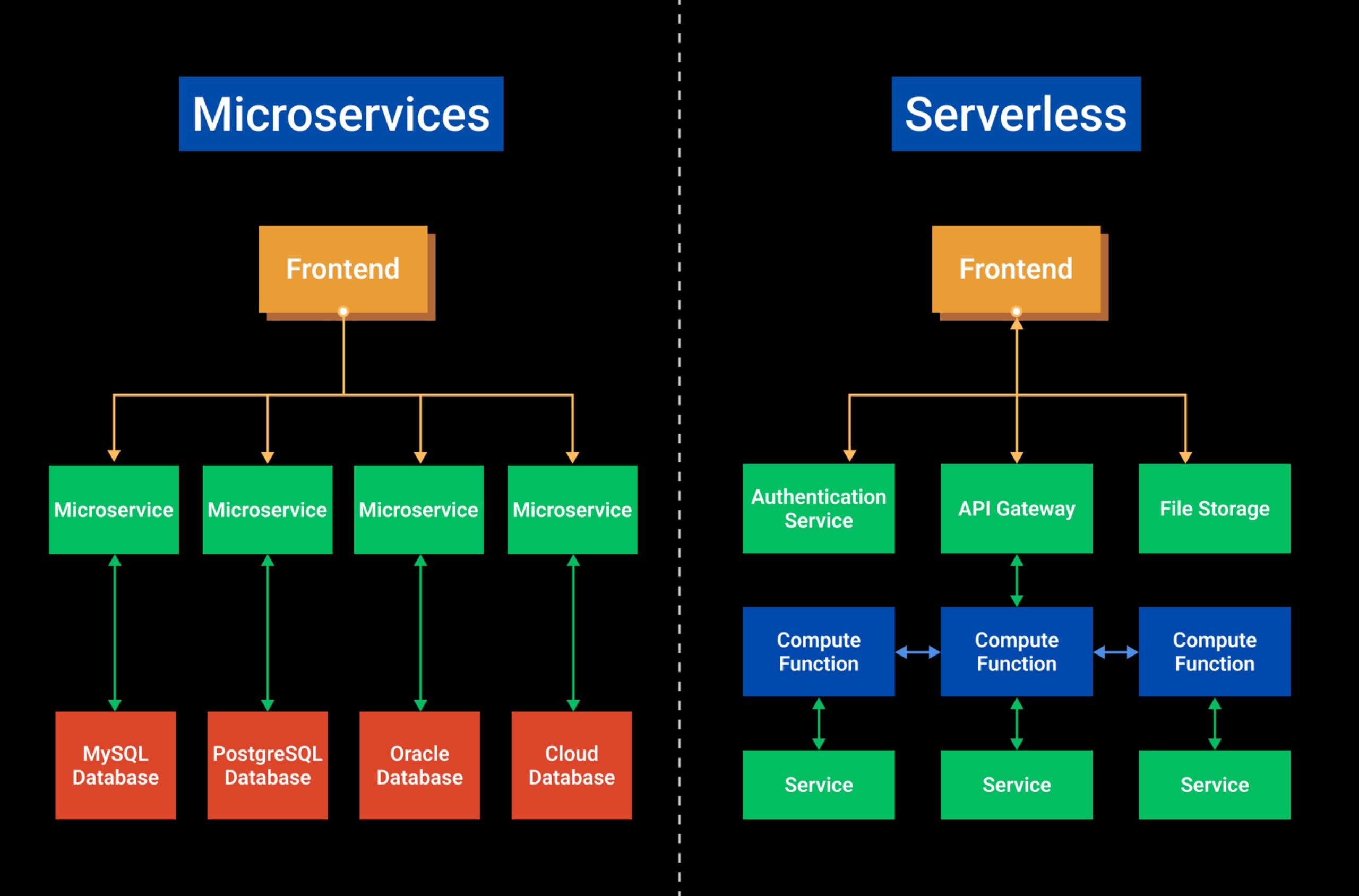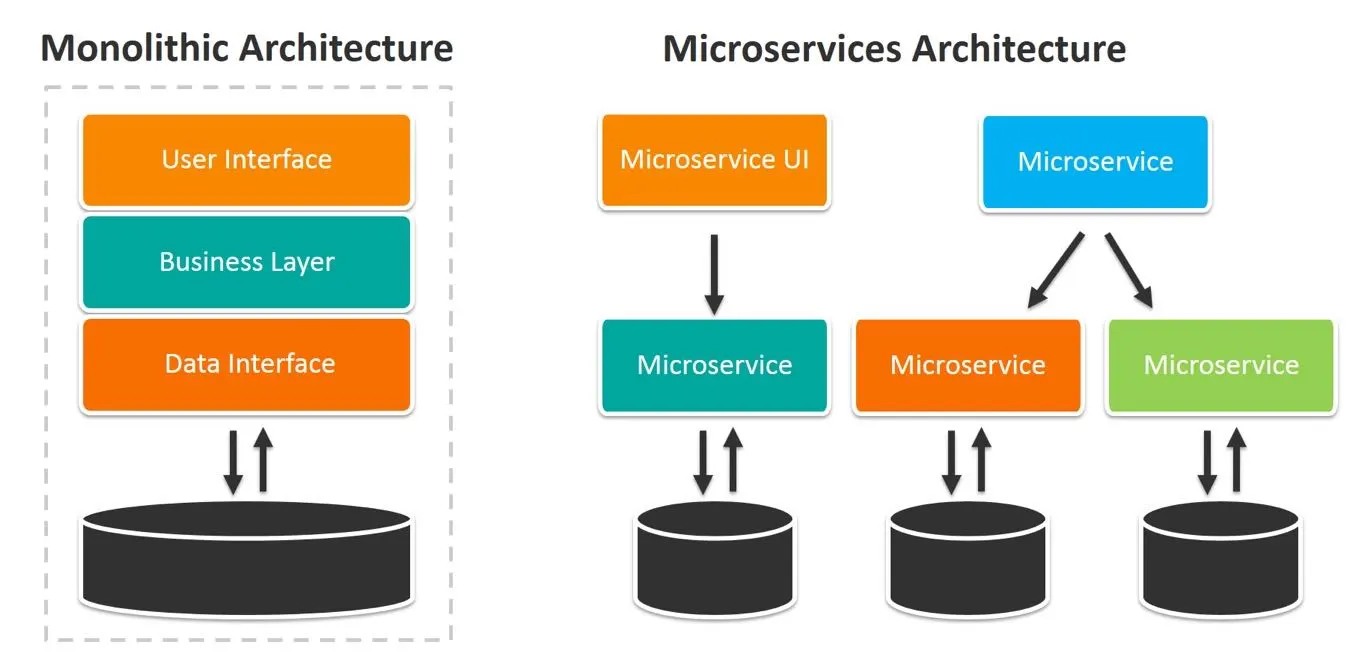In the ever-evolving world of web development, delivering scalable, flexible, and maintainable applications is more important than ever. One architectural approach that has gained significant traction in recent years is microservices architecture. Unlike traditional monolithic architectures, microservices break down applications into smaller, independent services that can be developed, deployed, and scaled independently. This approach offers numerous benefits, including improved scalability, faster development cycles, and enhanced fault tolerance.
As we move further into 2025, the adoption of microservices architecture is accelerating, offering new possibilities for innovation and efficiency. In this article, we’ll explore the role of microservices in modern web development, its key benefits, and how businesses can implement this architecture to stay ahead of the competition.
What is Microservices Architecture?
Microservices architecture is an architectural style that structures an application as a collection of small, independent services. Each service is responsible for a specific business function and communicates with other services through well-defined APIs. Unlike monolithic architectures, where all components are tightly coupled, microservices are loosely coupled, enabling greater flexibility and scalability.
Key characteristics of microservices architecture include:
- Decentralization: Each service is developed, deployed, and managed independently.
- Scalability: Services can be scaled individually based on demand.
- Resilience: Failures in one service do not affect the entire application.
- Technology Agnosticism: Different services can use different technologies and programming languages.
Why is Microservices Architecture Important in [2025]?
1. Scalability
Microservices allow businesses to scale specific components of an application independently, ensuring optimal performance and resource utilization.
2. Faster Development
By breaking down applications into smaller services, development teams can work in parallel, reducing development time and accelerating time-to-market.
3. Improved Fault Tolerance
Microservices architecture enhances fault tolerance by isolating failures to individual services. This ensures that the entire application remains functional even if one service fails.
4. Flexibility
Microservices enable businesses to use different technologies and programming languages for different services, allowing for greater flexibility and innovation.
5. Continuous Deployment
Microservices support continuous deployment, enabling businesses to deliver updates and new features quickly and reliably.
Key Benefits of Microservices Architecture
1. Scalability
Microservices allow businesses to scale specific components of an application independently, ensuring optimal performance and resource utilization.
- Horizontal Scaling: Scale individual services horizontally by adding more instances.
- Resource Optimization: Allocate resources based on the needs of each service.
2. Faster Development
By breaking down applications into smaller services, development teams can work in parallel, reducing development time and accelerating time-to-market.
- Independent Development: Teams can develop and deploy services independently.
- Faster Iteration: Smaller codebases are easier to test and deploy.
3. Improved Fault Tolerance
Microservices architecture enhances fault tolerance by isolating failures to individual services. This ensures that the entire application remains functional even if one service fails.
- Isolation: Failures in one service do not affect other services.
- Resilience: Implement retry mechanisms and circuit breakers to handle failures gracefully.
4. Flexibility
Microservices enable businesses to use different technologies and programming languages for different services, allowing for greater flexibility and innovation.
- Technology Agnosticism: Choose the best technology for each service.
- Easier Upgrades: Update or replace individual services without affecting the entire application.
5. Continuous Deployment
Microservices support continuous deployment, enabling businesses to deliver updates and new features quickly and reliably.
- CI/CD Pipelines: Automate the deployment of individual services.
- Rollback Capabilities: Easily roll back changes if issues arise.
How to Implement Microservices Architecture
1. Define Service Boundaries
Identify the business functions that can be broken down into independent services. Each service should have a clear and specific responsibility.
- Domain-Driven Design (DDD): Use DDD principles to define service boundaries based on business domains.
- Single Responsibility Principle: Ensure each service has a single responsibility.
2. Choose the Right Technology Stack
Select the technologies and programming languages that best suit the needs of each service. Consider factors like performance, scalability, and team expertise.
- Programming Languages: Use languages like Java, Python, or Node.js based on service requirements.
- Databases: Choose databases that align with the data storage needs of each service.
3. Implement API Gateways
API gateways act as a single entry point for client requests, routing them to the appropriate services. They also handle tasks like authentication, rate limiting, and load balancing.
- Tools: Use tools like Kong, NGINX, or AWS API Gateway to implement API gateways.
- Security: Implement authentication and authorization mechanisms to secure API gateways.
4. Use Containerization
Containerization packages services and their dependencies into lightweight, portable containers. This ensures consistency across development, testing, and production environments.
- Docker: Use Docker to create and manage containers.
- Orchestration: Use tools like Kubernetes to orchestrate and manage containers.
5. Monitor and Optimize
Continuous monitoring is essential for maintaining the performance and reliability of microservices-based applications.
- Monitoring Tools: Use tools like Prometheus, Grafana, or New Relic to monitor service performance.
- Logging: Implement centralized logging to track and analyze service logs.

Real-World Examples of Microservices Architecture
1. Netflix
Netflix uses microservices architecture to deliver a seamless streaming experience to millions of users worldwide. Each service, such as user authentication or content recommendation, operates independently, ensuring high availability and scalability.
2. Amazon
Amazon’s e-commerce platform is built using microservices architecture. This allows Amazon to scale individual components, such as product search or payment processing, based on demand.
3. Uber
Uber’s microservices architecture enables it to handle millions of ride requests daily. Each service, such as ride matching or payment processing, operates independently, ensuring reliability and scalability.
Conclusion
Microservices architecture is transforming modern web development by offering scalability, flexibility, and resilience. By breaking down applications into smaller, independent services, businesses can deliver high-quality applications faster, improve fault tolerance, and stay ahead of the competition.
As we move further into 2025, the adoption of microservices architecture is expected to grow, offering new opportunities for innovation and efficiency. By embracing this architecture, businesses can build scalable, reliable, and user-friendly web applications that meet the demands of today’s digital landscape.
Read More: The Role of Serverless Computing in Modern Web Development
High-Authority External Links:
- Martin Fowler’s Microservices Guide – A comprehensive resource for understanding microservices architecture.
- Google Cloud Microservices – A guide to implementing microservices on Google Cloud.





